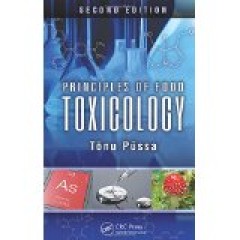Filter by

Identification Of Enterobacteriaceae Using Conventional And Compact Dry Method
his study dives into the vital importance of identifying Enterobacter in food as a preventive step for safeguarding global food safety and public health. Enterobacter species, both pathogenic and non-pathogenic strains, represent a hazard to food items, underlining the importance of robust safety standards. Historical outbreaks, such as the Peanut Corporation of America Salmonella event, hi…
- Edition
- -
- ISBN/ISSN
- -
- Collation
- -
- Series Title
- -
- Call Number
- EP BT-005

Identification of Bacteria in “REAL GOOD Sereal Coklat” UHT Milk
MIlk is considered as one of the most nutritious drinks produced by mammals. However, milk is also perishable due to its nature. In the milk industry, heat treatment, such as Ultra HIgh Temperature (UHT) is commonly applied to extend the shelf life of the milk and inactivate unwanted microorganisms and undesirable enzymes. UHT treatment sterilizes the milk from the presence of vegetative ce…
- Edition
- -
- ISBN/ISSN
- -
- Collation
- -
- Series Title
- -
- Call Number
- EP FT026

Principles of food toxicology 2nd ed.
Principles of Food Toxicology, Second Edition integrates the general principles of toxicology with a systematic characterization of the most important food-borne toxicants. Ideal as a textbook in a food toxicology course, and also as a monograph dealing with principles of food toxicology as the whole, and, due to sufficiently increased number of references, a source of elaborated scientific inf…
- Edition
- 2nd
- ISBN/ISSN
- 9781466504103
- Collation
- xxi, 392 p. : ill. : ind. ; 24 cm.
- Series Title
- -
- Call Number
- 615.954 Püs p
 Computer Science, Information & General Works
Computer Science, Information & General Works  Philosophy & Psychology
Philosophy & Psychology  Religion
Religion  Social Sciences
Social Sciences  Language
Language  Pure Science
Pure Science  Applied Sciences
Applied Sciences  Art & Recreation
Art & Recreation  Literature
Literature  History & Geography
History & Geography